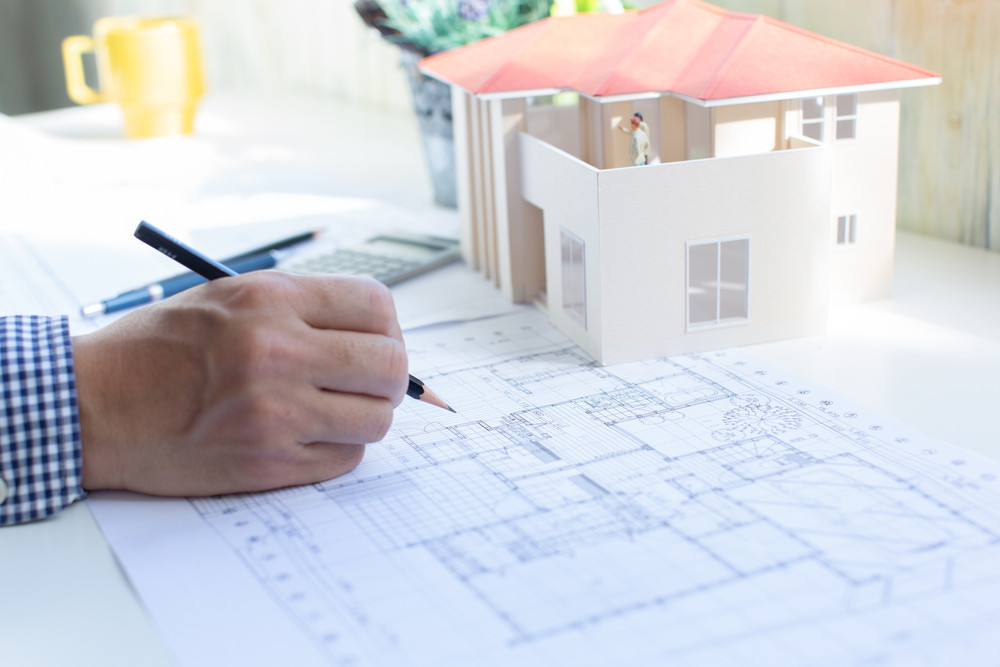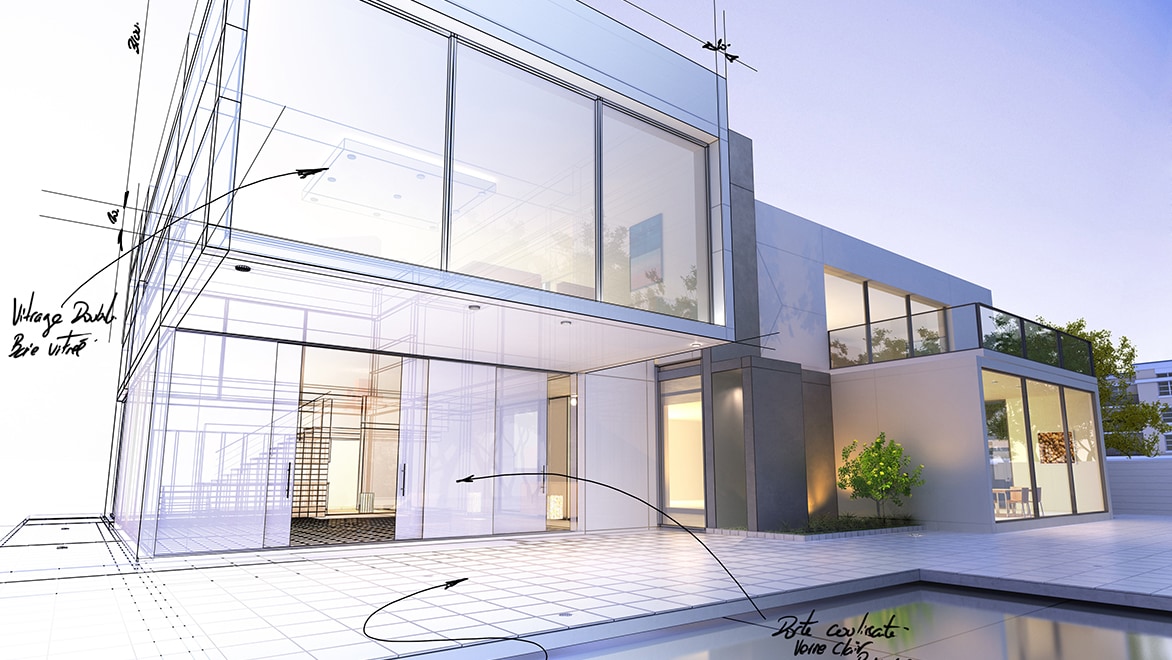The Creative Process Behind Successful Projects from CDA Architects
The Creative Process Behind Successful Projects from CDA Architects
Blog Article
The Influence of Technical Improvements on the Style Practices of Contemporary Architects
The fast development of technological tools has actually dramatically improved the design landscape for modern designers, cultivating unprecedented degrees of technology and sustainability. The integration of Building Information Modeling (BIM), parametric design, and expert system has not just streamlined cooperation among varied groups but additionally redefined task implementation. As engineers embrace these advancements, they are faced with complex obstacles that could impact their innovative processes. Exploring these dynamics discloses a nuanced interaction between modern technology and typical layout techniques, triggering a more detailed evaluation of what the future holds for building practices.
Evolution of Architectural Equipment
How have architectural tools transformed the layout and construction processes over the centuries? The evolution of building devices has actually considerably affected the effectiveness, accuracy, and imagination of style and building.
With the introduction of the Renaissance, the introduction of the compass and the protractor noted a critical shift. These devices enabled engineers to attain higher accuracy in their layouts, promoting the introduction of more intricate and proportionate structures. The Industrial Transformation further changed building method with the intro of mechanized tools and products, enabling for bigger and extra ambitious tasks.
In the 20th century, the growth of computer-aided style (CAD) software application changed the landscape when again, giving designers with unmatched capabilities in modeling and visualization. Today, progressed devices such as Building Info Modeling (BIM) and parametric design software application continue to press the boundaries of architectural innovation, enabling an extra integrated strategy to design and building and construction processes.
Improved Collaboration in Style
As technology remains to advance, enhanced cooperation in design has come to be a cornerstone of contemporary architectural method. The combination of digital devices such as Structure Information Modeling (BIM), cloud-based systems, and advanced visualization software program has actually changed the method designers, engineers, and stakeholders communicate throughout the design process. These devices assist in real-time communication, enabling groups to share concepts, adjustments, and feedback quickly, no matter geographical area.

Furthermore, interdisciplinary partnership has been streamlined via these technical advancements, enabling engineers to function extra very closely with other professionals, such as urban organizers and ecological specialists. The result is an extra natural strategy to make that takes into consideration numerous viewpoints and experience. Eventually, enhanced cooperation in layout is not simply a pattern; it is necessary for producing cutting-edge, practical, and aesthetically pleasing style in a progressively complex globe.
Sustainability Via Technology
Sustainability in design has actually increasingly ended up being linked with technological development, driving the market towards environmentally accountable methods - cda architects. Contemporary engineers are leveraging advanced innovations to decrease ecological influence while enhancing the performance of structures. One noticeable example is the use of Building Information Modeling (BIM), which permits specific preparation and source allocation, decreasing waste throughout building and construction and advertising power efficiency throughout a building's lifecycle
Moreover, wise materials and energy-efficient systems are being incorporated right into layouts to maximize source use. Technologies such as solar batteries and environment-friendly roof systems harness sustainable power resources, adding to minimized carbon impacts. Furthermore, the application of man-made knowledge in layout procedures makes it possible for engineers to imitate and assess power usage, assisting decisions toward even more lasting end results.
The assimilation of lasting modern technologies not just lines up with worldwide ecological objectives however likewise fulfills an increasing need from customers for green remedies. As engineers accept these technologies, the emphasis moves towards developing rooms that are not only aesthetically pleasing but also functionally lasting, therefore redefining the requirements of modern architecture. In this method, modern technology serves as a driver for sustainability, enabling engineers to create buildings that regard and enhance the native environment.
Obstacles in Application
While technological innovations in architecture hold fantastic assurance for improving sustainability, their implementation usually comes across considerable challenges - cda architects. One key challenge is the high knowing contour related to brand-new innovations. Engineers and building specialists may require comprehensive training to properly use advanced software and tools, which can postpone project timelines and boost prices
Furthermore, the assimilation of emerging innovations, such as Structure Details Modeling (BIM) and sustainable products, frequently requires cooperation across multidisciplinary teams. This cooperation can be hindered by differences in proficiency, process, and interaction styles, resulting in possible conflicts and ineffectiveness.
Financial restraints further complicate the fostering of cutting-edge technologies. Many architectural firms, especially smaller sized ones, might do not have the resources to purchase sophisticated tools, limiting their capacity to compete with larger see this here firms that can pay for such financial investments.
In addition, governing frameworks and building ordinance may not keep pace with technical advancements, developing ambiguity and potential conformity concerns. This obstacle can inhibit engineers from fully embracing new technologies, as the risk of non-compliance may surpass the advantages. Consequently, addressing these execution obstacles is vital for the effective combination of technological developments in contemporary building techniques.
Future Trends in Style
The obstacles linked with the application of new modern technologies in style have prompted a reevaluation of future fads within the sector. As designers navigate concerns such as sustainability, urbanization, and social equity, they are significantly embracing innovative modern technologies to improve design performance and environmental performance.
One noticeable pattern is the integration of expert system (AI) in the style process. AI devices can examine huge datasets to inform layout decisions, boosting both imagination and functionality. In A Similar Way, Building Information Modeling (BIM) proceeds to progress, enabling real-time partnership amongst stakeholders and promoting streamlined job management.
Sustainable style techniques are also obtaining energy, with designers concentrating on adaptive reuse and regenerative style concepts that minimize resource intake and waste. The incorporation of wise products and renewable power resources will even more improve the strength of buildings when faced with environment adjustment.

Verdict
Technical innovations have actually dramatically improved architectural design practices, helping with enhanced accuracy, cooperation, and sustainability. The combination of tools such as Building Details Modeling and parametric style software application, together with synthetic check it out knowledge and wise materials, empowers Related Site engineers to attend to complex challenges better. While application may offer specific barriers, the continued evolution of these innovations promises to drive technology in design. Future trends will likely additionally emphasize sustainability and performance, eventually redefining the constructed setting.
Report this page